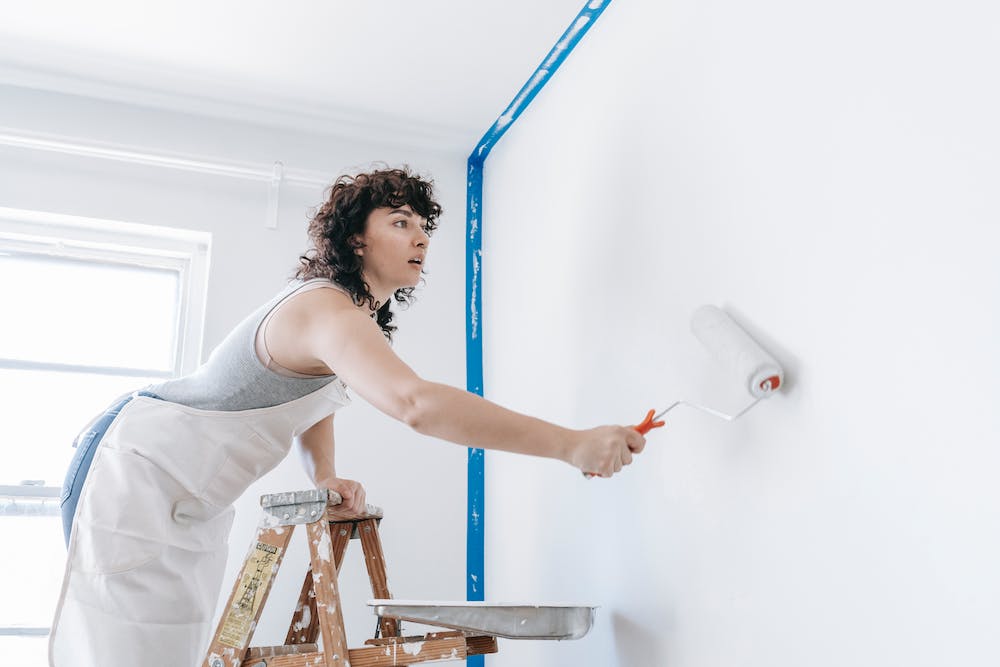If you’re planning to renovate your home, you might be tempted to do it yourself and save some money. However, DIY projects can also go wrong and end up costing you more in the long run. Here are seven common home improvement mistakes to avoid and how to fix them if they happen.
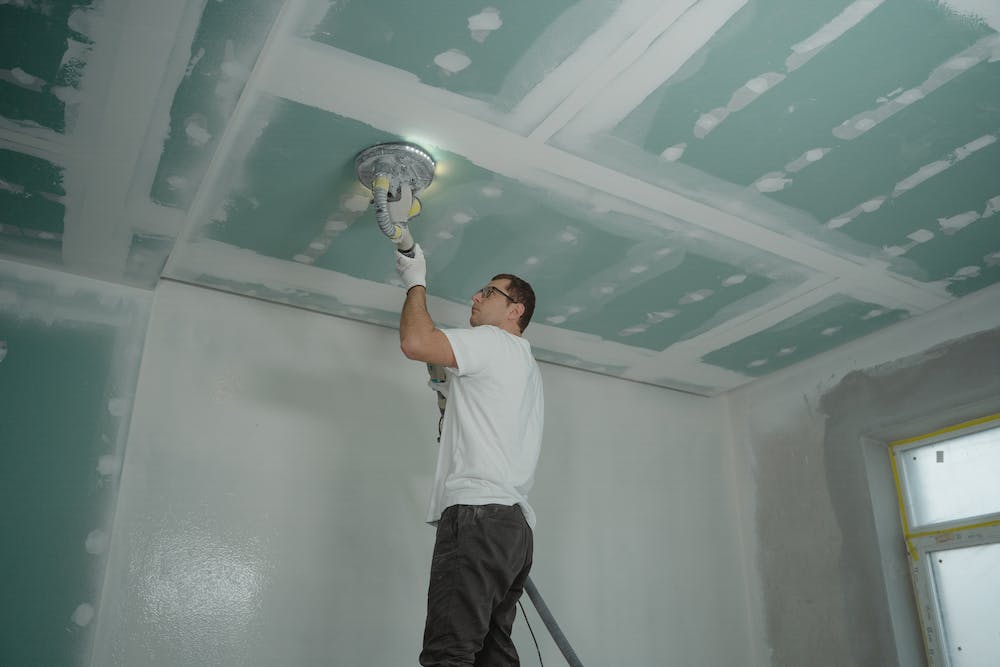 1. Not getting the right permits. Some home improvement projects require permits from the local authorities, such as adding a room, installing a deck, or changing the plumbing. If you don’t get the permits, you might face fines, delays, or even have to undo your work. To avoid this, check with your city or county before you start any project and get the necessary approvals.
1. Not getting the right permits. Some home improvement projects require permits from the local authorities, such as adding a room, installing a deck, or changing the plumbing. If you don’t get the permits, you might face fines, delays, or even have to undo your work. To avoid this, check with your city or county before you start any project and get the necessary approvals.
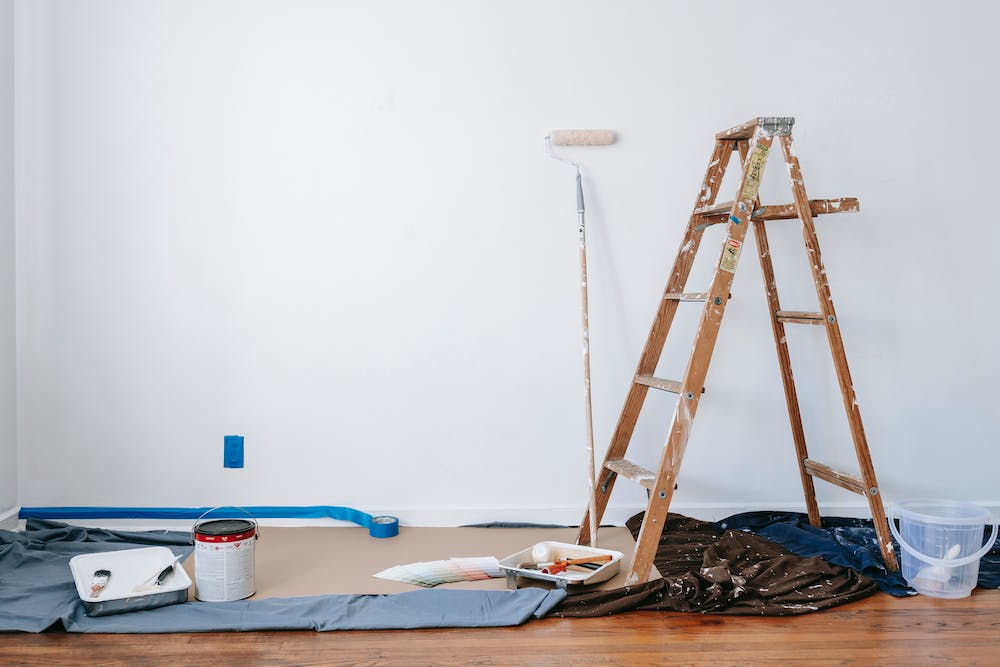 2. Using low-quality materials. You might think that buying cheap materials will save you money, but they can also compromise the quality and durability of your project. Low-quality materials can break, crack, fade, or wear out faster than high-quality ones. They can also affect the value and appearance of your home. To avoid this, invest in quality materials that suit your budget and your needs.
2. Using low-quality materials. You might think that buying cheap materials will save you money, but they can also compromise the quality and durability of your project. Low-quality materials can break, crack, fade, or wear out faster than high-quality ones. They can also affect the value and appearance of your home. To avoid this, invest in quality materials that suit your budget and your needs.
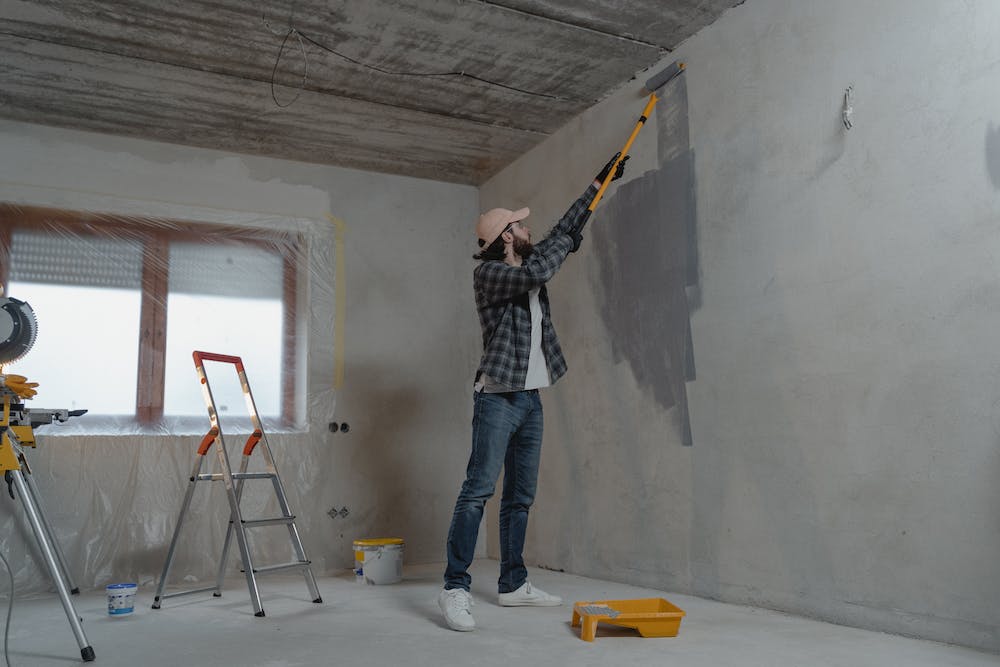 3. Skipping the prep work. Prep work is essential for any home improvement project, as it ensures a smooth and successful outcome. Prep work includes cleaning, sanding, priming, measuring, marking, and securing the work area. If you skip the prep work, you might end up with uneven surfaces, crooked lines, loose fixtures, or damaged walls. To avoid this, take your time and do the prep work properly.
3. Skipping the prep work. Prep work is essential for any home improvement project, as it ensures a smooth and successful outcome. Prep work includes cleaning, sanding, priming, measuring, marking, and securing the work area. If you skip the prep work, you might end up with uneven surfaces, crooked lines, loose fixtures, or damaged walls. To avoid this, take your time and do the prep work properly.
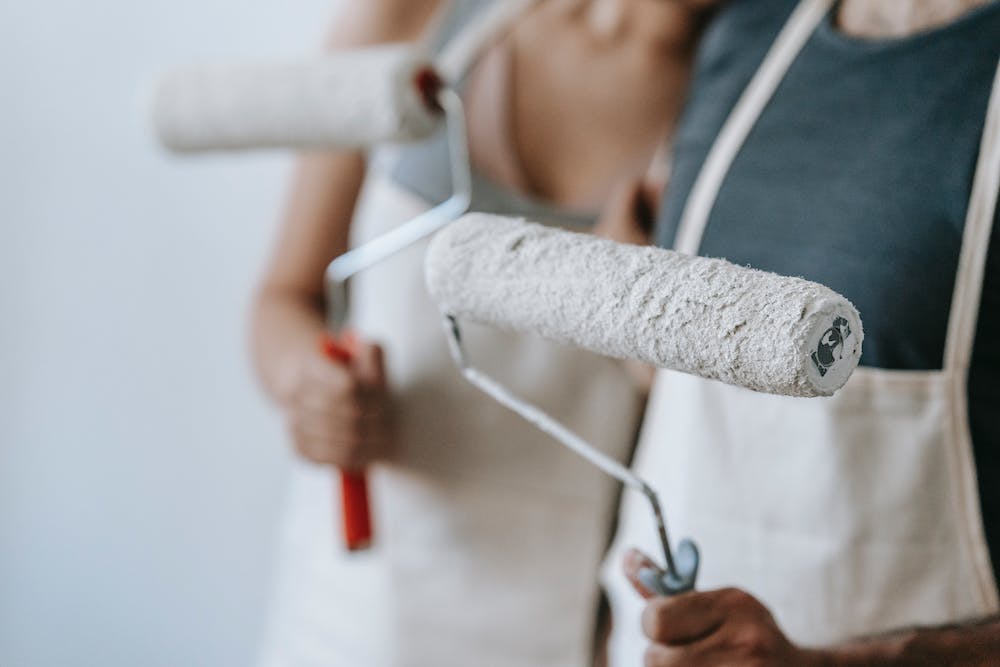 4. Doing too much at once. It’s tempting to tackle multiple projects at once, especially if you have a lot of ideas and energy. However, doing too much at once can also overwhelm you and cause stress, fatigue, and mistakes. You might also run out of money or time before you finish everything. To avoid this, prioritize your projects and focus on one at a time. You can also break down larger projects into smaller tasks and complete them gradually.
4. Doing too much at once. It’s tempting to tackle multiple projects at once, especially if you have a lot of ideas and energy. However, doing too much at once can also overwhelm you and cause stress, fatigue, and mistakes. You might also run out of money or time before you finish everything. To avoid this, prioritize your projects and focus on one at a time. You can also break down larger projects into smaller tasks and complete them gradually.
 5. Not hiring professionals when needed. Some home improvement projects are easy to do yourself, such as painting a wall or changing a light bulb. However, some projects are better left to professionals, such as electrical wiring, roofing, or structural changes. If you try to do these projects yourself without the proper skills or tools, you might risk injuring yourself or damaging your home. To avoid this, hire qualified and licensed professionals when needed and follow their advice.
5. Not hiring professionals when needed. Some home improvement projects are easy to do yourself, such as painting a wall or changing a light bulb. However, some projects are better left to professionals, such as electrical wiring, roofing, or structural changes. If you try to do these projects yourself without the proper skills or tools, you might risk injuring yourself or damaging your home. To avoid this, hire qualified and licensed professionals when needed and follow their advice.
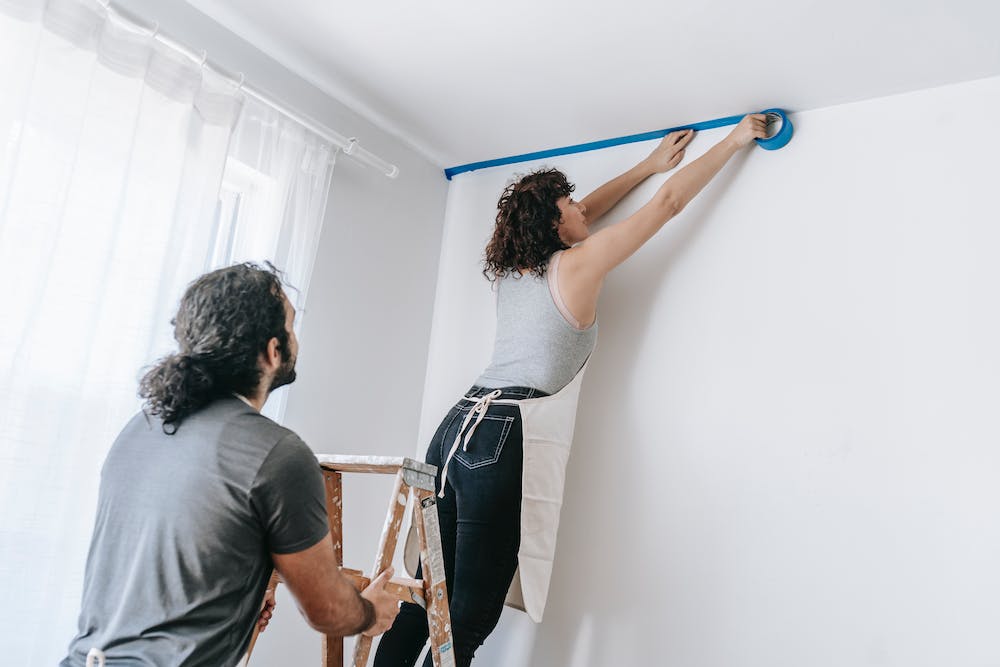 6. Ignoring safety precautions. Safety is paramount for any home improvement project, as it protects you and your home from accidents and injuries. Safety precautions include wearing protective gear, using the right tools, following instructions, turning off the power or water supply when working with electricity or plumbing, and keeping children and pets away from the work area. If you ignore safety precautions, you might hurt yourself or others or cause fire or water damage to your home. To avoid this, always follow safety precautions and be careful.
6. Ignoring safety precautions. Safety is paramount for any home improvement project, as it protects you and your home from accidents and injuries. Safety precautions include wearing protective gear, using the right tools, following instructions, turning off the power or water supply when working with electricity or plumbing, and keeping children and pets away from the work area. If you ignore safety precautions, you might hurt yourself or others or cause fire or water damage to your home. To avoid this, always follow safety precautions and be careful.
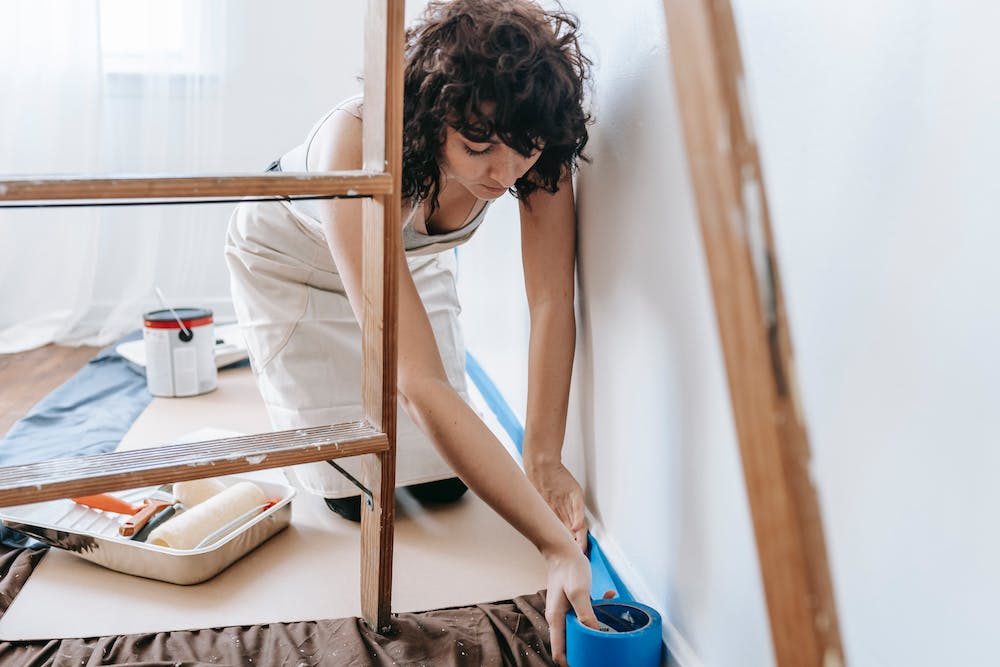 7. Not setting a realistic budget or timeline. Home improvement projects can be expensive and time-consuming, so it’s important to set a realistic budget and timeline before you start. A realistic budget helps you plan your expenses and avoid overspending or running out of money. A realistic timeline helps you schedule your work and avoid delays or rushing. To avoid this, research your project and estimate the costs and time involved. You can also add some contingency funds and extra time for unexpected issues or changes.
7. Not setting a realistic budget or timeline. Home improvement projects can be expensive and time-consuming, so it’s important to set a realistic budget and timeline before you start. A realistic budget helps you plan your expenses and avoid overspending or running out of money. A realistic timeline helps you schedule your work and avoid delays or rushing. To avoid this, research your project and estimate the costs and time involved. You can also add some contingency funds and extra time for unexpected issues or changes.
